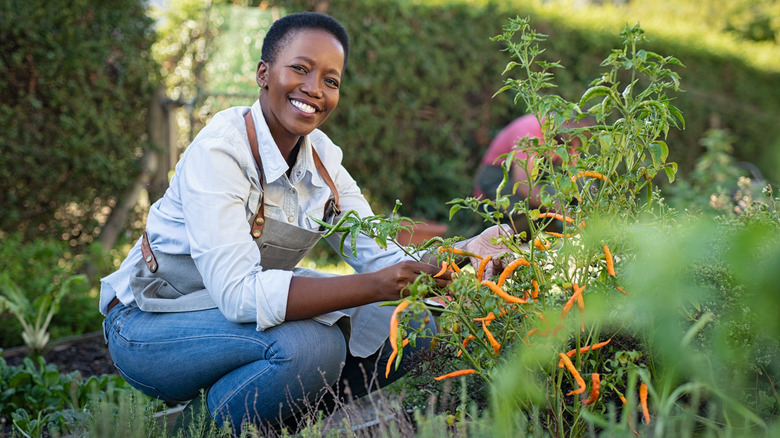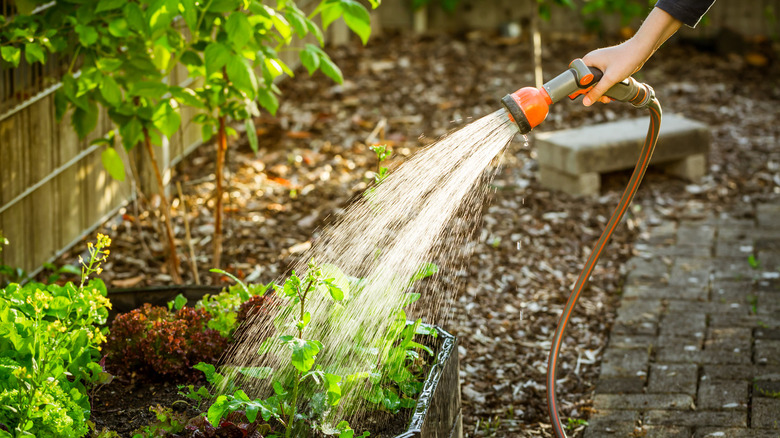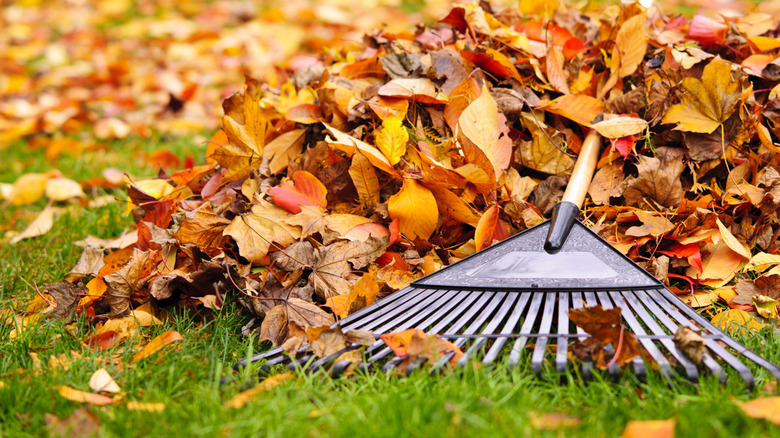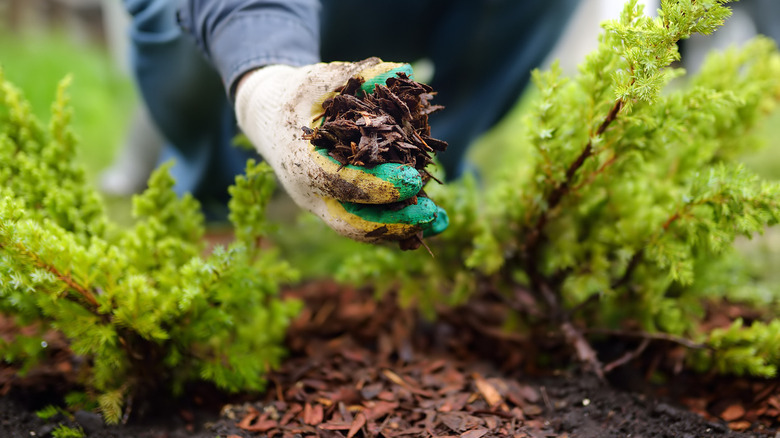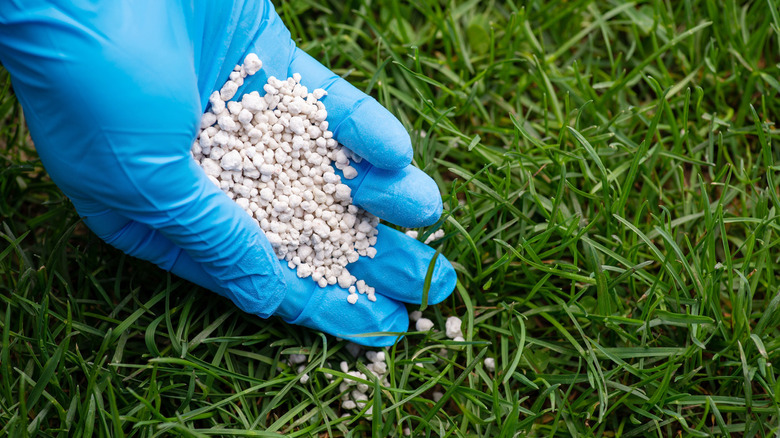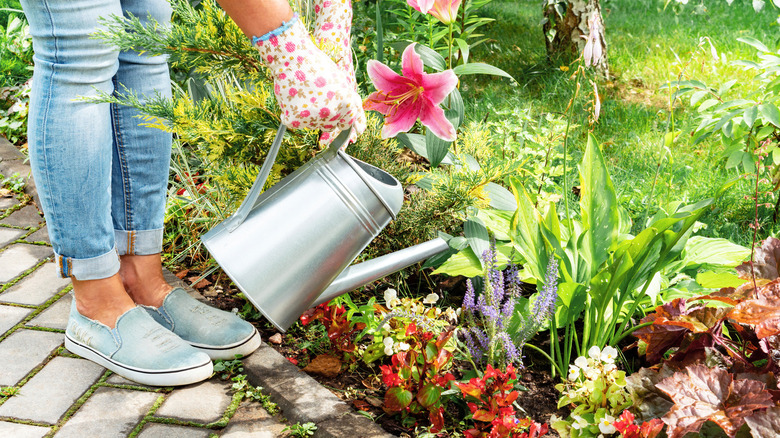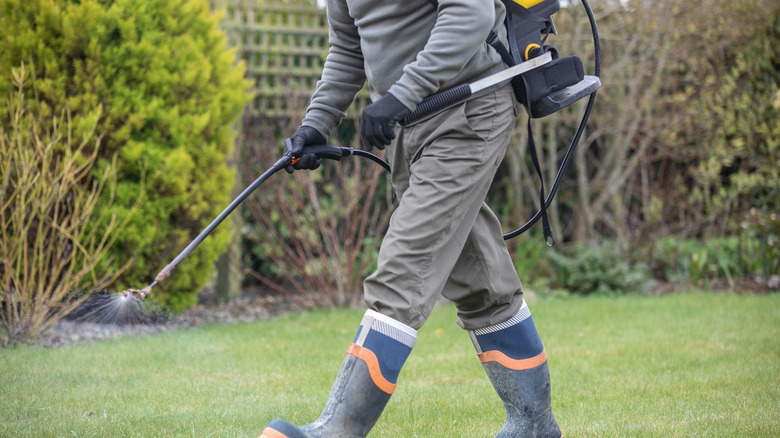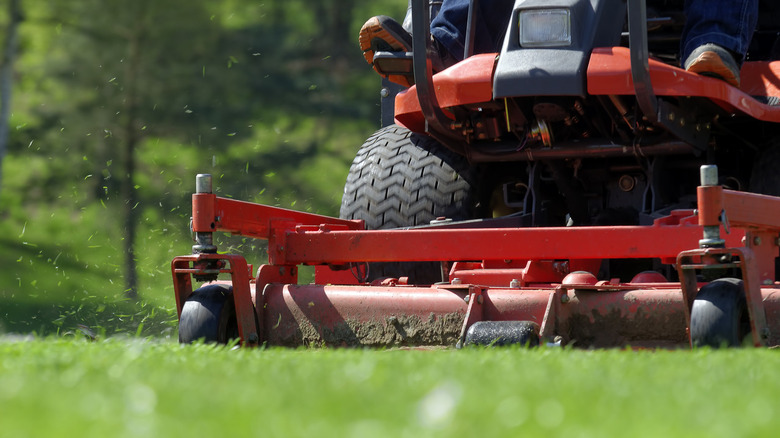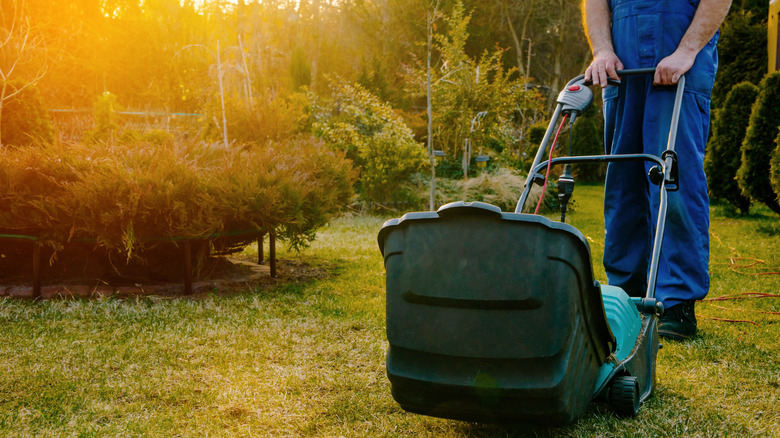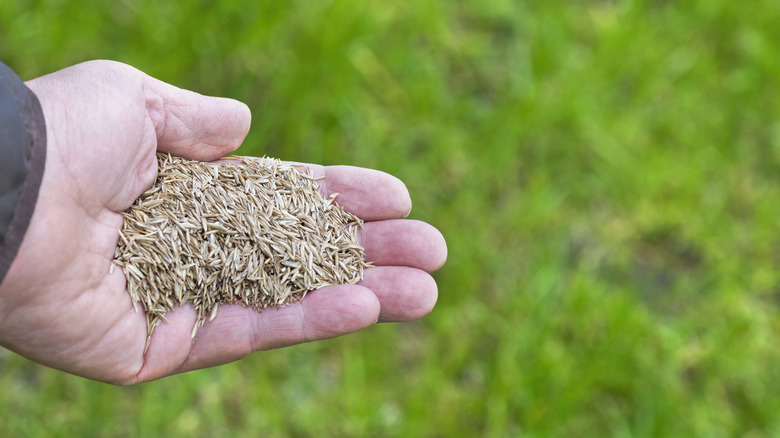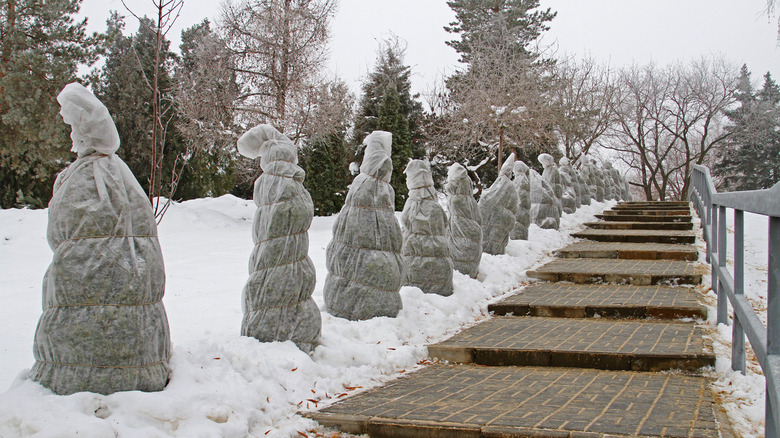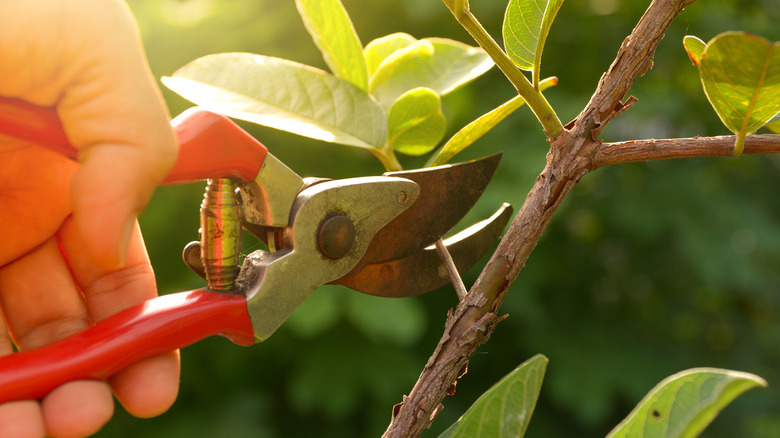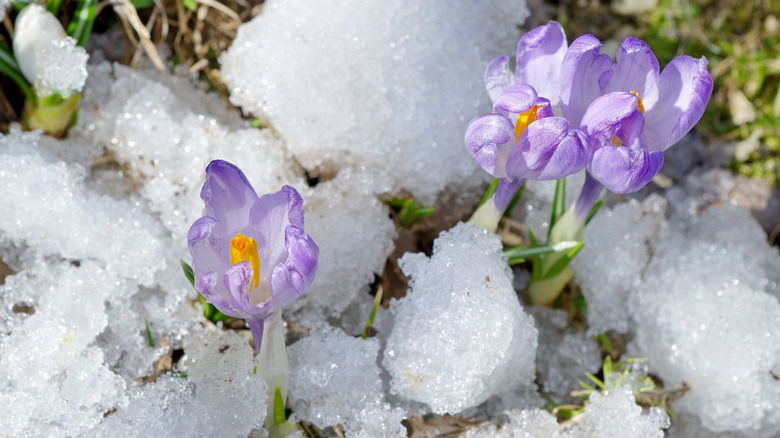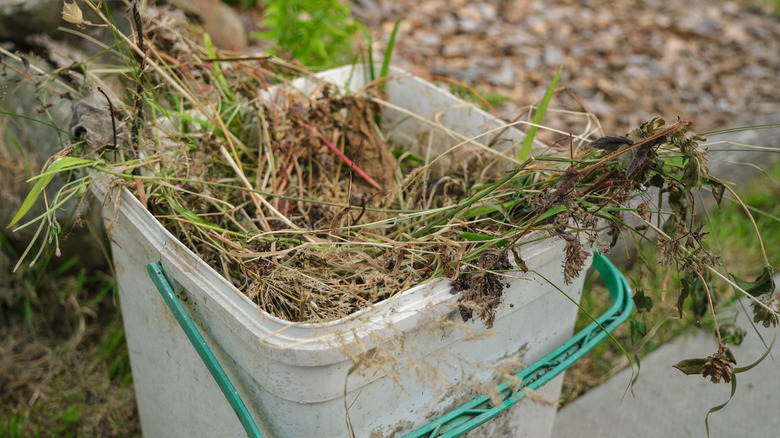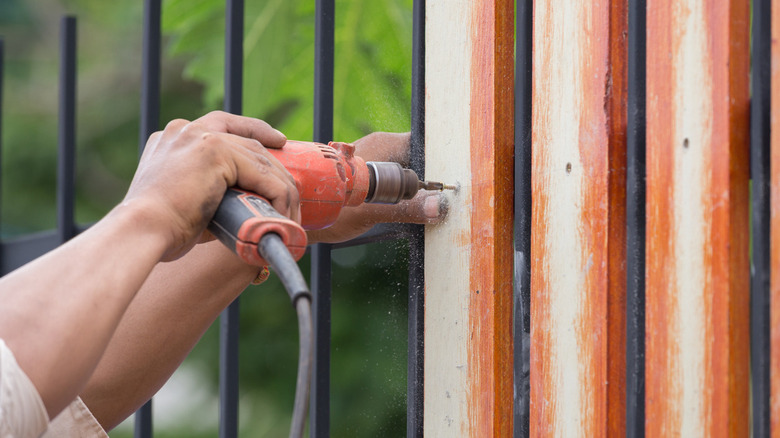15 Tips To Ensure Your Yard Thrives During The Colder Months
When the warm summer temperatures slowly come to an end, the days gradually become shorter and the evenings longer, indicating the beginning of the cool weather. Winter is a difficult season for gardeners, as the combination of cold temperatures, frost and ice, and depending on your area, snowfall, makes it quite tough to make your yard appealing during this season.
According to WeatherBug, the beginning of the colder months is often an indication of the end of the growing season. While this is true, your routines need not change, especially if you want your yard to thrive during the adverse temperatures of the winter months. With proper preparation, the beginning of the cold months is the best time to make sure your yard remains healthy, not only during winter but also in preparation for the next growing season.
Regardless of where you garden, here are some tips that you can implement to keep your yard thriving and looking fresh even during the worst of the colder months.
1. Don't stop watering
Just because the weather is getting cold doesn't mean your plant's water needs are over. Continue giving them a regular drink until late into winter, especially when the temperatures drop below 40 degrees Fahrenheit. However, if it gets warmer, be sure to continue giving the hedges, flowers, and fruit trees much-needed hydration.
2. Continue raking
While raking is popular during fall, you shouldn't stop just because the temperatures outside are plummeting. This is particularly true during winter, as the accumulation of leaves and snow is the perfect breeding ground for diseases and mold growth. Ideally, it's beneficial to rake before the first frost, which is late fall to early winter (per the Old Farmer's Almanac).
3. Add a protective mulch layer
There's no better way of protecting your plant roots from the biting frost other than adding a layer of mulch. In fact, you don't have to get rid of the leaves you raked up earlier in the fall. Store and use them later to protect your plants from adverse weather conditions.
4. Fertilize early enough
Providing the necessary nutrients for the plants in your yard is vital year-round. Fertilizing early enough will prepare the trees, and lawn in your yard for winter dormancy. This will also go a long way in ensuring they grow healthy during spring for that refreshing curb appeal.
5. Grow the right plants
Knowing your growing zone will help you select the right plants for your yard. Remember, despite your preparation for the colder months, not every plant is built to withstand extremely cold temperatures. Therefore, you need to have the right plants to make sure your yard thrives during the cold months.
6. Control weeds
Cool-season weeds can be a nuisance because they grow right into spring when you want to enjoy the beauty of your yard. Be sure to treat your yard with pre-emerging herbicides that will prevent the seeds that dropped early in summer from sprouting in the late fall to winter months.
7. Keep the grass short
To prepare your grass for the coming cold season, consider giving it a final cut in preparation for the frost. Adjust your lawn mower's height to at least 1-1½ inches below your normal mowing setting. This will ensure the grass remains aerated and also give you a true picture of how much compost to add to the grass.
8. Aerate the lawn
The best time to aerate the lawn in your yard is just before its active growing season. For cool-season lawns, the best time to aerate is during fall. While in the process, it's also a good idea to add fertilizer right after aeration to facilitate recovery and also supplement the grass with the necessary nutrients for the coming season.
9. Overseed the lawn
Right after aerating the grass, the next order of business is to overseed your lawn with grass seeds. Fall is the best time to sprinkle your lawn with grass seeds because it gives them enough time to germinate and also establish themselves before winter sets in.
10. Wrap young trees
Wrapping young trees before the onset of winter is a good way of keeping them protected during this cold season. While most people think that wrapping the tree bark keeps them warmer, it does the exact opposite. The breathable wraps protect the trees from sun scalding since they have lost all protection from leaves.
11. Prune trees
Winter pruning is a practice you should consider because of its benefits. First, the trees shed all their leaves, making it easier to isolate damaged branches. Also, since the trees are dormant during this period, pruning doesn't stimulate any new growth that will otherwise be killed by the extreme temperatures.
12. Plant winter-blooming flowers
What better way of keeping your yard looking clean and refreshing than growing plants that flower during the cold months? Winter-blooming flowers have the capacity to brave the worst of winter and also grace your yard with colorful flowers in the biting cold. A good example is the winter jasmine or sweet alyssum, just to mention a few.
13. Remove dead annuals
It goes without saying that annuals won't come back the following season; therefore, there's no point in keeping them in the yard any longer than they need to. In fact, they look hideous in the yard during winter. Removing these plants during the fall will put your yard in good shape in preparation for the colder months.
14. Inspect the fence
Your fence contributes to the aesthetics of your yard. In order to keep your yard in tip-top shape during winter, and also prevent further deterioration, consider fixing the holes and broken pieces during fall when it's still warmer outside. If you want to take the winter aesthetics up a notch, give it a fresh coat of paint.
15. Don't ignore lighting
Longer nights and shorter days are just around the corner, meaning it's time you need to think of installing enough lighting in your yard, not only for aesthetics but also to prevent injuries. Consider lighting up driveways and walkways by installing lights with warmer tones for that much-needed ambiance during winter.
